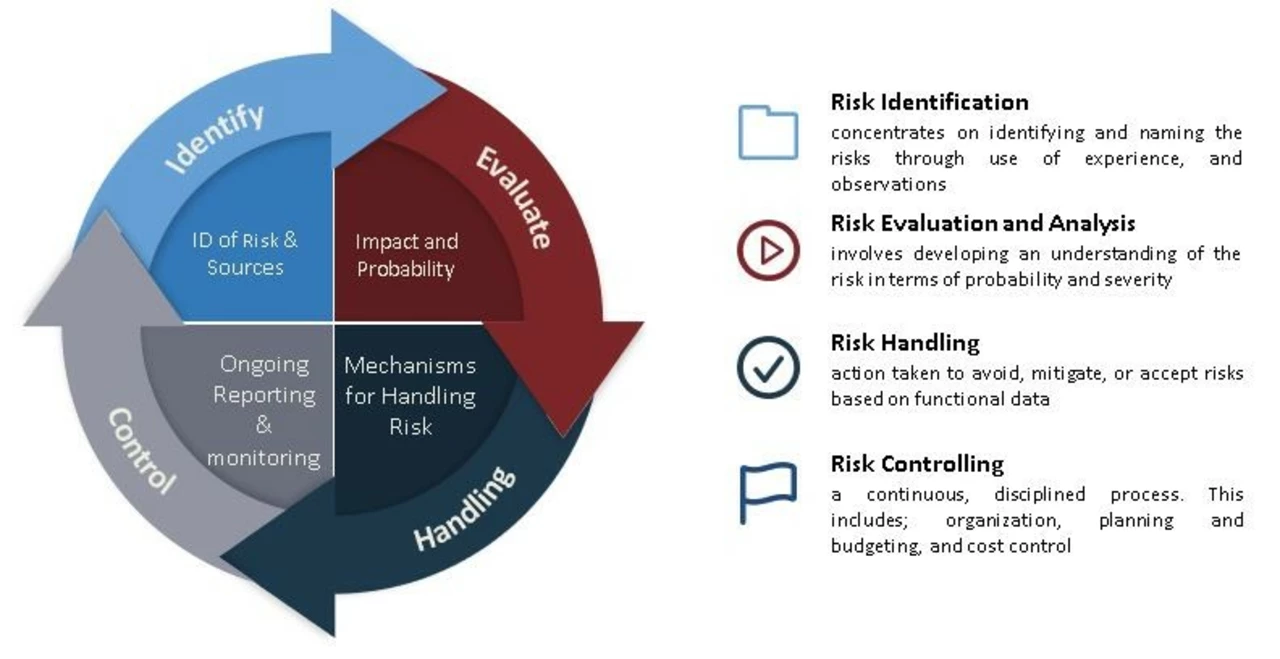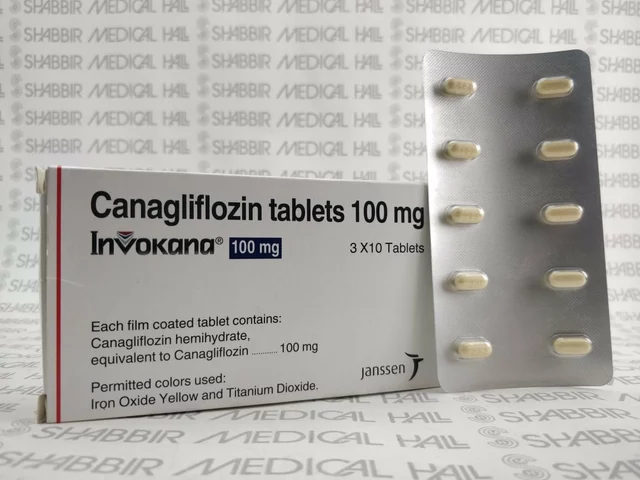Leprosy control: what to spot and what to do
Leprosy is curable and most people stop spreading it after the first doses of treatment. If you catch it early, you can avoid permanent nerve damage and disability. Want clear, useful steps you can use right now? Read on.
Spot it early — signs that matter
Leprosy often starts as one or more pale or reddish patches on the skin that don’t feel normal. The key sign is loss of sensation: a patch that you or someone else can’t feel when touched. You might also notice numbness or tingling in hands, feet, or face, and thickened nerves that feel like cords under the skin. Watch for muscle weakness, clawing of fingers, or ulcers on the feet that won’t heal.
If you see any of these signs, get assessed by a healthcare worker trained in leprosy. A simple exam by eye and touch is often enough. Skin smears or biopsies are used less frequently but may be ordered in unclear cases.
Treat, protect contacts, and prevent disability
Treatment uses WHO-recommended multidrug therapy (MDT). For paucibacillary (PB) leprosy — fewer skin patches and low bacteria — treatment is usually 6 months. For multibacillary (MB) disease — many patches or nerves involved — treatment is typically 12 months. These drugs are effective, often free from national leprosy programs, and they stop infectiousness quickly.
People can develop painful and damaging reactions during or after treatment. These reactions need prompt care with steroids or other medications to protect nerves. Regular follow-up—checking sensation, strength, and skin—helps catch problems early.
Contacts of people with leprosy can get single-dose rifampicin (SDR) in many programs. SDR lowers the chance a close contact will develop leprosy in the next two years. This is a simple, one-time preventive step offered after medical screening.
Preventing disability also means basic self-care: protect numb areas from injury, care for wounds, use protective footwear, and keep skin clean. Physiotherapy and reconstructive surgery are options when needed.
Leprosy control at community level relies on quick diagnosis, free and complete MDT, contact screening, and education to reduce stigma. Health workers must build trust, because stigma delays diagnosis and harms outcomes. Simple messages work: leprosy is treatable, treatment is available, and early care prevents disability.
If you or someone you know has a suspicious patch or numbness, don’t wait. Visit a clinic, ask about MDT and contact prevention, and learn simple daily care steps. With timely action, leprosy stops being a life sentence and becomes a treatable condition you can beat.




